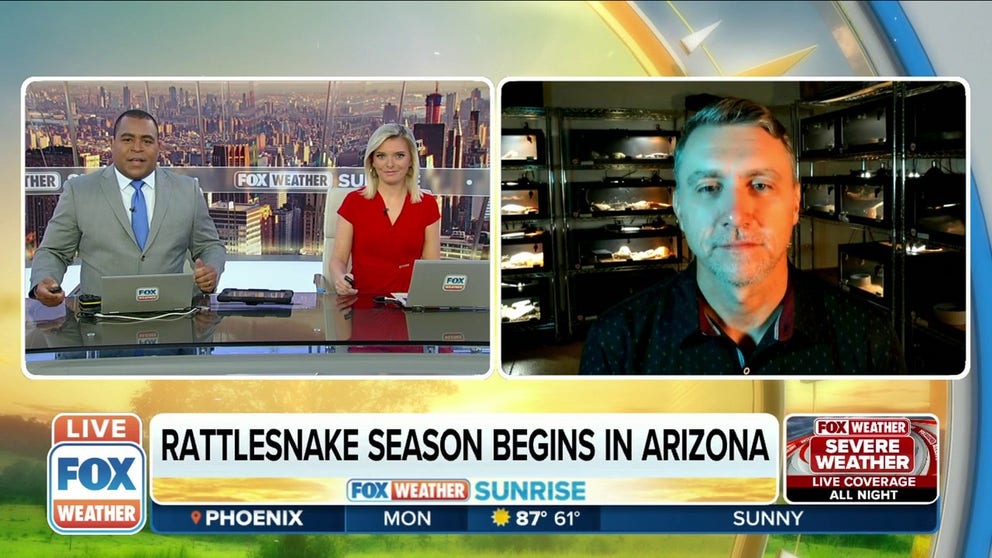Snakes on the move: Mating season and warmer weather make serpents frisky
Snake encounters abound in the spring as warmer temperatures awaken the snake from dormancy and they search for a mate.
Rattlesnake season begins in Arizona
Rattlesnake removal expert Bryan Hughes joins FOX Weather to talk about rattlesnake season and safety.
Warm spring weather makes us all a bit antsy to get outside to enjoy nature, but it also gets snakes moving. The warmth make the vipers more active as they wake from their winter slumber when they have gone months without food in dormancy.
The chance of encountering the reptiles goes up in spring which is mating season. As the weather warms up, snakes get frisky looking for a mate.
"They got to move a lot to find another one, just like themselves," said Bob Cross founder of Critter Capture Services. "You can imagine trying to find the same kind of snake breed, trying to find another one just like it in the woods."
Cross has been fascinated with snakes from childhood. Since age eight, he kept several snakes in a cage in his room until one escaped and crashed his mom’s bridge party. After that, he kept over a hundred snakes in a pit in his Central Florida backyard.
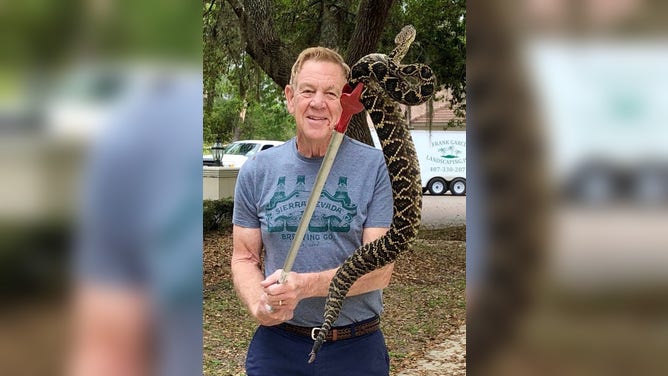
Cross loads an eastern diamondback rattlesnake from a customers yard into a bin to take to a reptile farm.
He was constantly called in during his 25 years with the Orlando Fire Department to remove snakes. After retirement, he turned his passion into a business and opened Critter Capture Services.
"People say, ‘he chased me.' But there's no snake that’s going to chase anybody. That's probably the biggest myth," said Cross about a common complaint from his clients. "People say it's trying to get into my house, under the house. I have a hard time convincing them, that they don't want this. From the time they're born, they are on their own. They're out in the world looking for food and then during the spring, they're looking for a mate."
And snakes are always on the move he said, "Snakes don't hang out, they just move around. You may have a lot of frogs, lizards or rodents in your house area, but snakes don’t know a tree from a house."
All snakes bite, not all are deadly
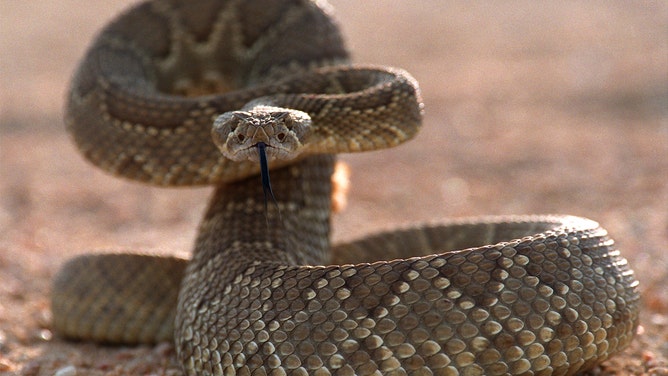
A rattlesnake can release about 130 toxins during a bite.
(George Wilhelm/Los Angeles Times via Getty Images / Getty Images)
All snakes can bite but only four venomous snake types make their home in the U.S.; rattlesnakes, cottonmouths or water moccasins, copperheads and coral snakes. Through their bite, some snakes secrete a venom capable of injuring or killing the victim.
All four types live in Florida, Alabama, Georgia, Louisiana, Mississippi, North Carolina, South Carolina and Texas. Only Alaska, Rhode Island, Maine and Hawaii don’t have venomous snakes. Alaska has no snakes.
The CDC estimates 7-8,000 Americans are bitten by venomous snakes a year. Of those only about 5 people will die but 10-44% will sustain lasting injuries.
"That cottonmouth would kill a child," Cross said of a 5'7" snake he removed. "You and I would spend probably two weeks in the hospital, based on [the size of] that one. If you didn't lose the hand or the leg or the arm, wherever they get you, gangrene sets in. It's really rough."
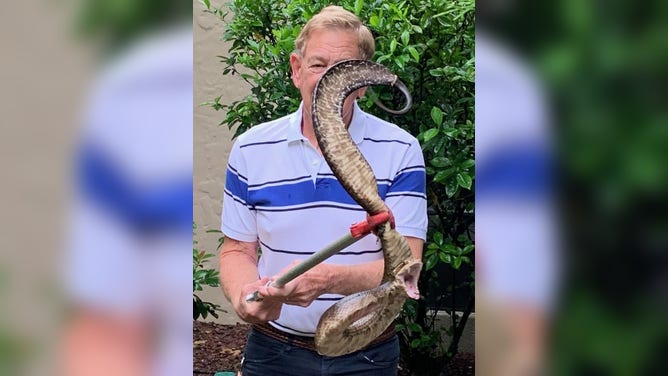
Cross holding his venomous catch, a 5 foot 7 inch cottonmouth. The Virginia Herpetological Society reports that the largest cottonmouth on record is 6 feet 2 inches long.
Cross gets calls to remove snakes from homes and yards (along with other critters). He tries to convince customers to leave harmless, native snakes in yards alone. Only three to four out of 10 snakes he is called about are venomous.
"When confronted with a coral snake, most people are startled and get confused with rhymes," he said of the way many are taught to identify the deadly snake by color banding order. See his post below which features a scarlet king snake but has the same coloring as the coral snake.
He recommends avoiding the area around any snake that may be venomous instead of trying to identify it yourself.
He brings captured venomous snakes to local reptile farms, so they can make antivenom. Pythons and boa constrictors, non-native, invasive snakes that devour Florida wildlife, he gives to kids that remind him of himself.
"If I know a teenager in the neighborhood that's collecting snakes or likes I’ll give it to a teenager, kind of like get them started," said Cross.
Protect yourself
Avoid walking in brush and long grass where snakes are hidden. When hiking, choose the center of the path. Keep dogs on leashes instead of letting them sniff in the brush. And carry a flashlight at night.
"I see so many people at night walking dogs or husband or wife walking at night for exercise," Cross said cautioning neighbors of night feeding cottonmouths. "Without flashlights, they don't realize the snakes, and they can very easily step on it."
Cross said he was only bitten once by a venomous snake, but not on the job. He captured a pygmy rattlesnake but needed to transfer it from a bucket to a burlap bag.
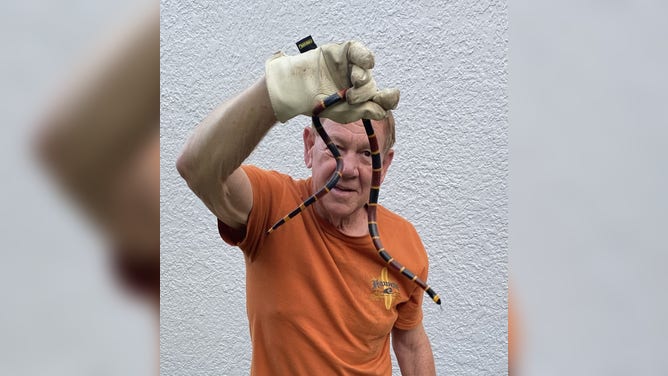
Cross removing a deadly coral snake from a residence.
(Critter Capture Services)
"So I asked my wife if she would dump the snake out of the bucket. I didn't realize when she's dumping the bucket, she can't see what she's dumping… and she just tipped it up and dumped it on my hand."
Call 911 if you or another person is bitten by a venomous snake or go to a vet if your pet is bitten. Bring a picture of the snake, for identification, if you have one.
